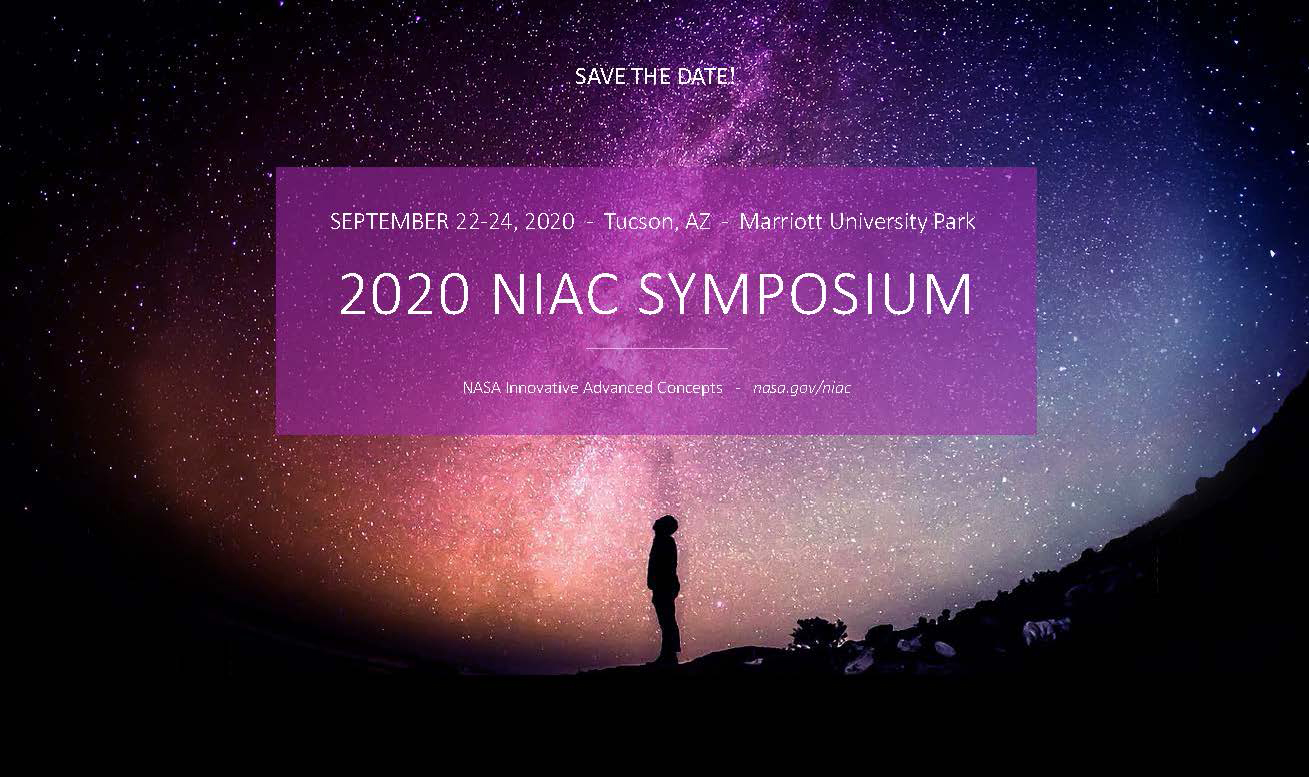The human race has been fascinated by the lights in the sky for thousands of years. Mars was called the God of War because of its red color. With the development of high quantity telescopes in the Nineteenth century, observations of Mars revealed a network of lines that Schaperelli called “channels.” That was translated into “canals” in English. Stories began to circulate about a dying civilization on Mars that was using a network of canals to move the remaining water around. Percival Lowell built an observatory specifically to study Mars.
As the decades passed and telescopes got better and better, we came to understand that Mars was a barren wasteland with a thin atmosphere and sub zero temperatures. The famous canals were just optical illusions. Satellites and rovers have brought us a flood of information about Mars and now governments and private companies are working on vessels to take human beings to Mars. Current rocket technology would get us to Mars in about six months. This brings a host of problems involving radiation, fuel, life support, etc.
Now NASA scientists are working on a propulsion system that would use light to accelerate a spacecraft to high velocity. With this new system, it would be possible for humans to get to Mars in a few days which would make the exploration of Mars much more realistic.
NASA scientist Professor Phillip Lubin and his team are working on the Directed Propulsion for Interstellar Exploration or DEEP IN program. The idea is to use photon propulsion to accelerate payloads to velocities near the speed of light. Lubin has presented a report on his research at the last NASA Innovative Advanced Concepts Symposium. Lubin said “We know how to get to relativistic speeds in the lab, we do it all the time. There are recent advances that take this from science fiction to science reality. There’s no known reason why we cannot do this.”
The theory behind DEEP IN photonic propulsion is fairly simple. Photons of light do not have mass but they do have energy and momentum which can push against solid objects and accelerate them. We can use the thrust of photon from a super powerful laser as a propulsion system for spacecraft. Recent estimates suggest that this system could propel a one hundred kilogram robotic craft to Mars in 3 days.
Lubin says, “When they reflect off an object, that momentum is transferred into a little push. With a large, reflective sail, it’s possible to generate enough momentum to gradually accelerate a spacecraft.” Current rocket technology requires volatile fuels to launch and travel in space. The fuel adds mass so a great deal of fuel is burned just to move the fuel. Photonic propulsion utilizes a stream of photons which do not add mass to the spacecraft. The laser that drives the propulsion system could also be used to deflect hazardous debris that populates Earth orbits. The Lubin paper said, “These systems can be propelled to speeds currently unimaginable with existing propulsion technologies. To do so requires a fundamental change in our thinking of both propulsion and in many cases what a spacecraft is.”
These photonic propulsion systems would not be used for manned flights. Lubin said at the NIAC Symposium, “We are not proposing systems to send humans to interstellar distances. Humans are extremely fragile and require a lot of support. Robotic missions are much better suited for interstellar exploration in the future. Within about 25 light-years of the Earth, there are actually quite a few potential exoplanets and habitable things to visit.”
“There are many targets to choose from. Exploring the nearest stars and exoplanets would be a profound voyage for humanity, one whose nonscientific implications would be enormous. It is time to begin this inevitable journey beyond our home.”
